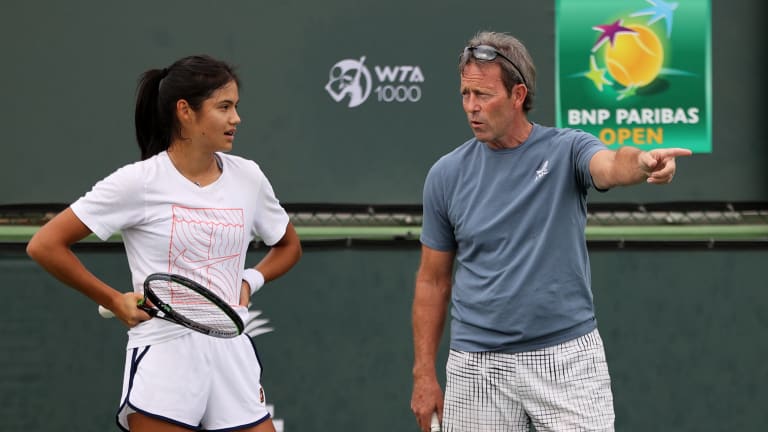Coaching
Want to make on-court coaching work? Go Big
By Nov 22, 2021Coaching
"We need changes to develop more": Iga Swiatek splits from coach Piotr Sierzputowski
By Dec 04, 2021Your Game
Nix Biosensor takes the guesswork out of hydration
By Apr 20, 2024WTA Stuttgart, Germany
Iga Swiatek beats Emma Raducanu in Stuttgart quarters while Aryna Sabalenka and Coco Gauff lose
By Apr 19, 2024ATP Barcelona, Spain
Casper Ruud and Stefanos Tsitsipas reach Barcelona semis, one step away from another title clash
By Apr 19, 2024WTA Stuttgart, Germany
Marta Kostyuk earns best win by ranking against Coco Gauff in Stuttgart quarterfinals
By Apr 19, 2024Football star Reggie Bush is now a tennis dad
By Apr 19, 2024ATP Barcelona, Spain
Stefanos Tsitsipas climbs Barcelona "mountain" after saving match points to edge Diaz Acosta
By Apr 19, 2024Style Points
Zendaya pays tribute to the Williams sisters in Carolina Herrera gown and white beads
By Apr 19, 2024WTA Stuttgart, Germany
Iga Swiatek defeats Emma Raducanu, extends Stuttgart win streak into semifinals
By Apr 19, 2024Coaching
Want to make on-court coaching work? Go Big
If mid-match coaching is indeed impossible to police, the tours ought to experiment with a full commitment to the practice to maximize transparency.
Published Nov 22, 2021
Advertising
Advertising

Emma Raducanu spent much of the 2021 season in search of a permanent coach, working with Jeremy Bates (right) during the BNP Paribas Open.
© Getty Images